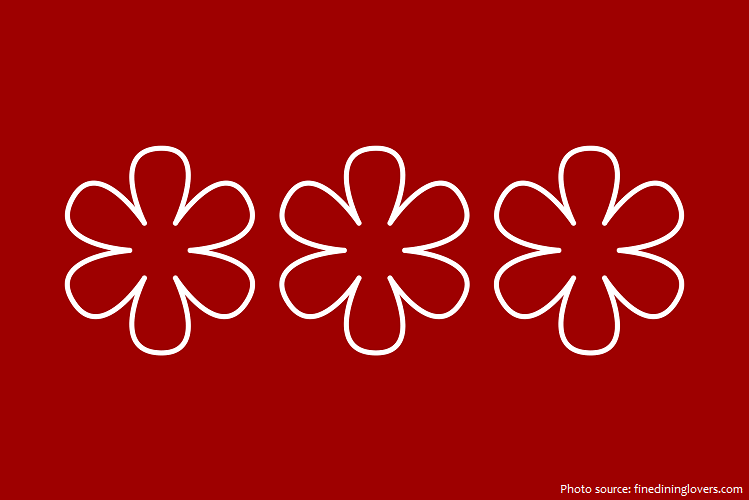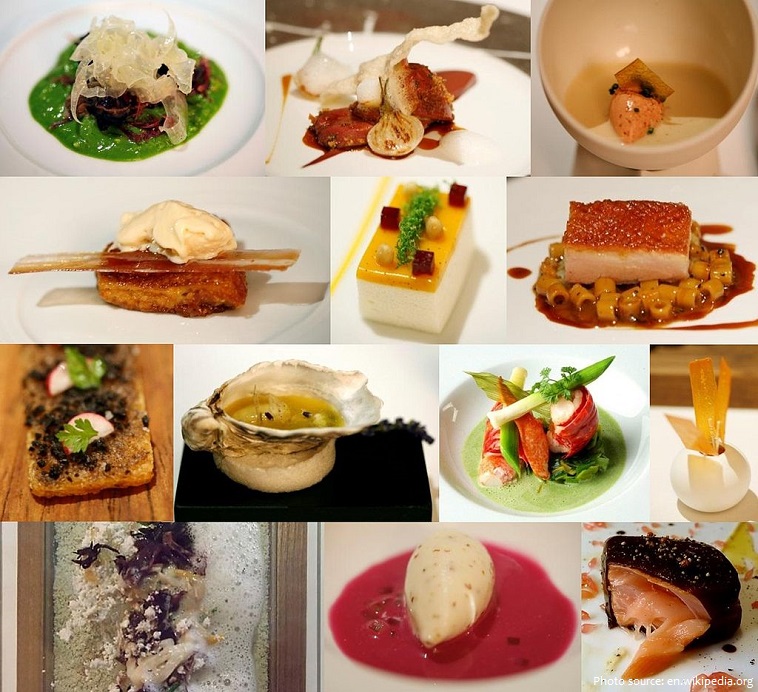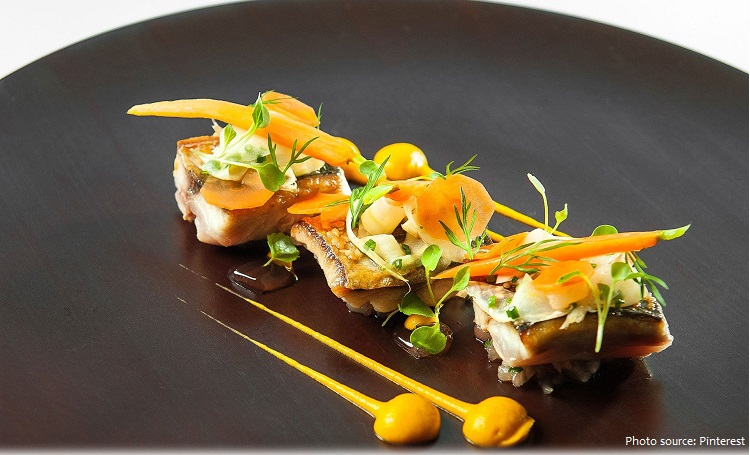
Michelin star is the ultimate hallmark of culinary excellence.
Michelin stars are awarded to restaurants judged to be of a particularly high standard.
Eateries that make the grade can be awarded one, two, or three stars, and the accolade is much-coveted by chefs around the world.
The star system was first introduced in 1926, with a single star denoting “a very good restaurant”. The second and third stars were added in 1933, with two stars meaning “excellent cooking that is worth a detour”, and three stars “exceptional cuisine that is worth a special journey”.
The Michelin Guide has been published annually since 1900 and was originally intended to help drivers find mechanics, hotels, and of course, good restaurants, on their travels.
In 1900, there were fewer than 3,000 cars on the roads of France. To increase the demand for cars and, accordingly, car tyres, car tyre manufacturers and brothers Édouard and André Michelin published a guide for French motorists, the Michelin Guide. Nearly 35,000 copies of this first, free edition of the guide were distributed. It provided information to motorists, such as maps, tyre repair and replacement instructions, car mechanics listings, hotels, and petrol stations throughout France.
In 1904, the brothers published a guide for Belgium similar to the Michelin Guide. Michelin subsequently introduced guides for Algeria and Tunisia (1907) – the Alps and the Rhine (northern Italy, Switzerland, Bavaria, and the Netherlands) (1908) – Germany, Spain, and Portugal (1910) – the British Isles (1911) – and “The Countries of the Sun” (Les Pays du Soleil) (Northern Africa, Southern Italy and Corsica) (1911). In 1909, an English-language version of the guide to France was published.

By 1933, 23 restaurants in France were rated with three stars. It was further extended to cover other European countries and while suspended during and immediately after WW2, the 1951 edition saw the return of the three-star rating system. This time however the bar had been raised resulting in fewer restaurants achieving the maximum rating.
Since 1955, the guide has also highlighted restaurants offering “exceptionally good food at moderate prices”, a feature now called “Bib Gourmand”. They must offer menu items priced below a maximum determined by local economic standards. Bib (Bibendum) is the company’s nickname for the Michelin Man, its corporate logo for over a century.
The first Michelin Guide to Italy was published in 1956. It awarded no stars in the first edition. In 1974, the first guide to Britain since 1931 was published. Twenty-five stars were awarded.
In 2005, Michelin published its first American guide, covering 500 restaurants in the five boroughs of New York City and 50 hotels in Manhattan. In 2007, a Tokyo Michelin Guide was launched. In the same year, the guide introduced a magazine, Étoile. In 2008, a Hong Kong and Macau volume was added. As of 2013, the guide is published in 14 editions covering 23 countries.
In 2008, German restaurateur Juliane Caspar was appointed editor-in-chief of the French edition of the guide. She had previously been responsible for the Michelin guides to Germany, Switzerland, and Austria. She became the first woman and first non-French national to occupy the French position. The German newspaper Die Welt commented on the appointment, “In view of the fact German cuisine is regarded as a lethal weapon in most parts of France, this decision is like Mercedes announcing that its new director of product development is a Martian.”

There are currently 135 three-star Michelin restaurants around the world. France and Japan are the countries with the most, boasting a hefty 29 establishments each. The USA comes in second with 14, followed by Spain and Italy tied with 11 each. France has the highest total of 628 Michelin stars, no surprise given the French origins of the guide.
Unlike other rating systems, Michelin stars are not based on customer reviews, but on undercover inspections by anonymous food experts known as the Michelin Inspectors. Inspectors remain anonymous to avoid being given preferential treatment and undergo official Michelin Guide training in France. They are not allowed to speak to the press, but it is generally thought that most will have at least some experience in the restaurant business. Anyone hoping to become a Michelin Inspector must be passionate and knowledgeable about food, with good attention to detail, and the ability to blend in with ordinary customers.

Restaurant owners are not told when the inspection will take place, and an inspector may return around 3 to 6 times before reporting back to their fellow inspectors, who then come to a joint decision about whether or not to award stars.
Green stars – in 2020, the Michelin Guide launched a sustainability emblem to symbolise excellence in sustainable gastronomy. An establishment awarded this green star is given space on the Guide’s website for the chef to describe the restaurant’s vision.
The Michelin Green Guides review and rate attractions other than restaurants. There is a Green Guide for France as a whole, and a more detailed one for each of ten regions within France. Other Green Guides cover many countries, regions, and cities outside France. Many Green Guides are published in several languages. They include background information and an alphabetical section describing points of interest. Like the Red Guides, they use a three-star system for recommending sites, ranging from “worth a trip” to “worth a detour”, and “interesting”.

